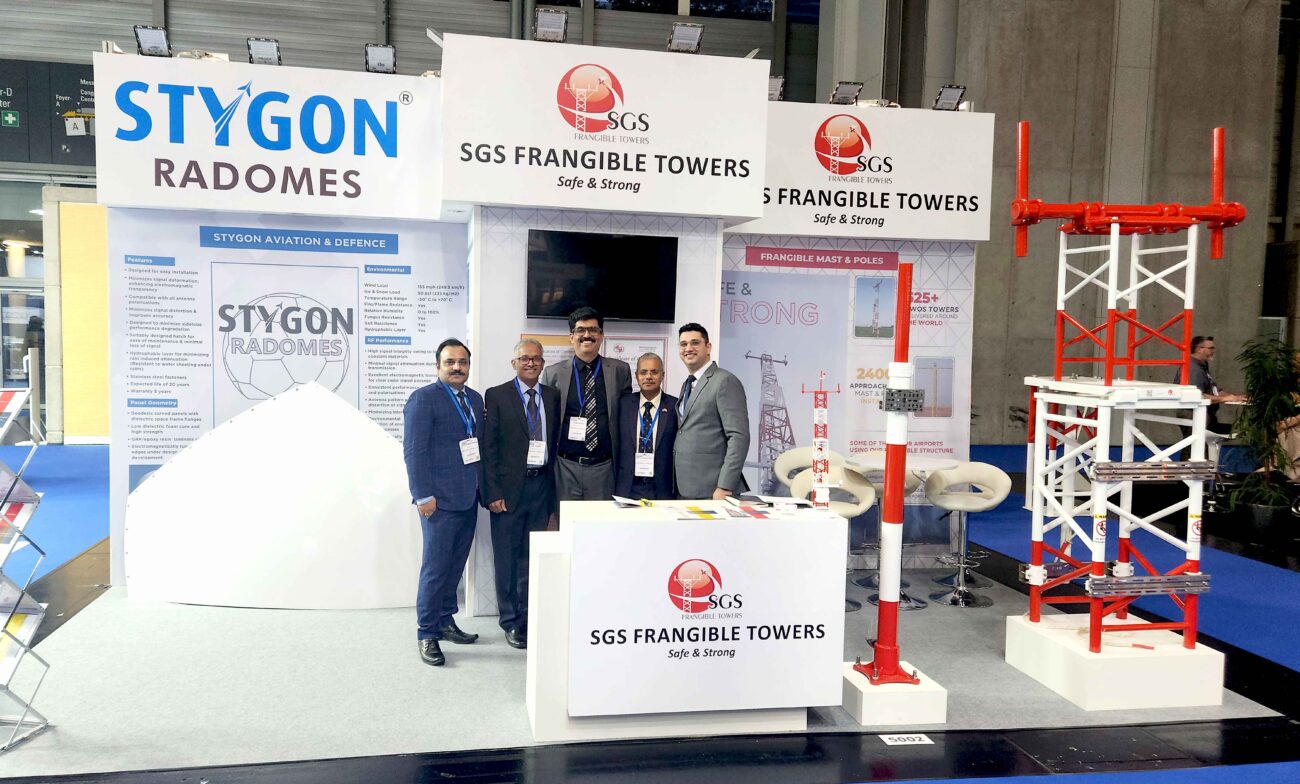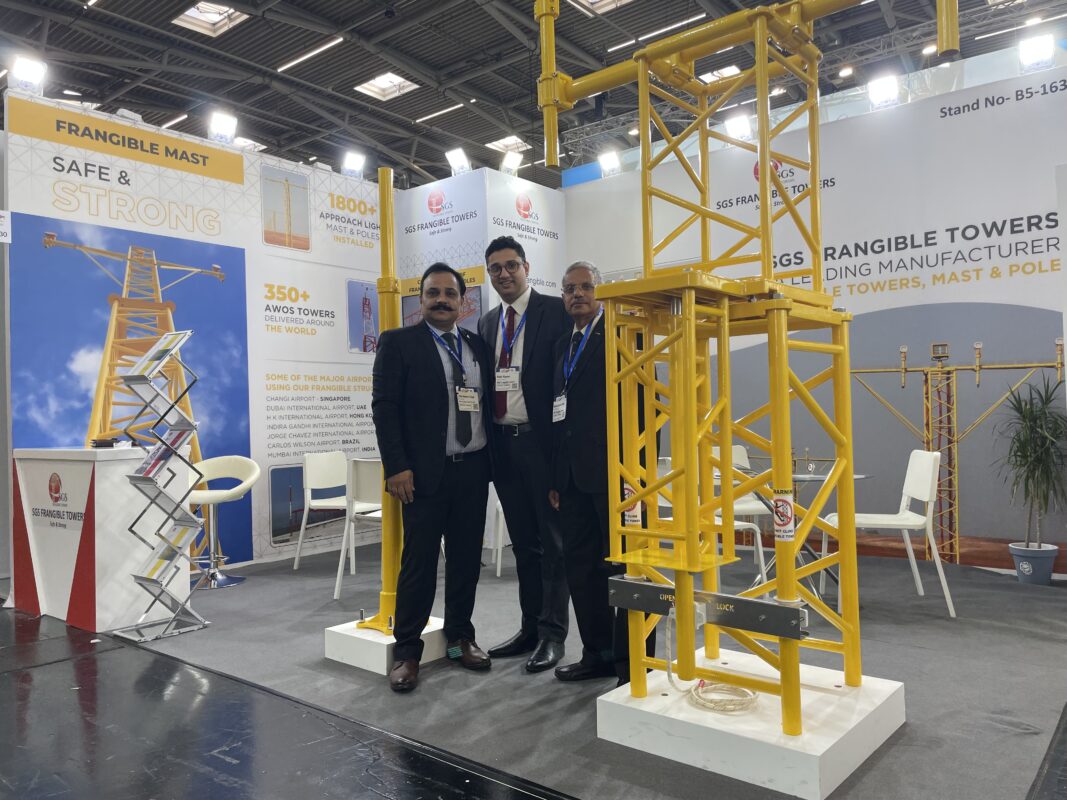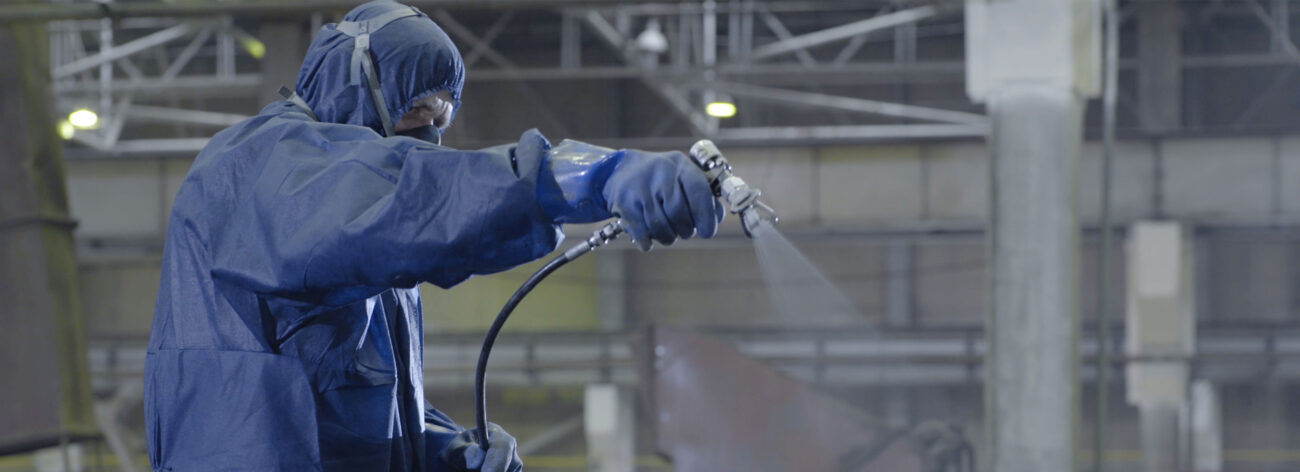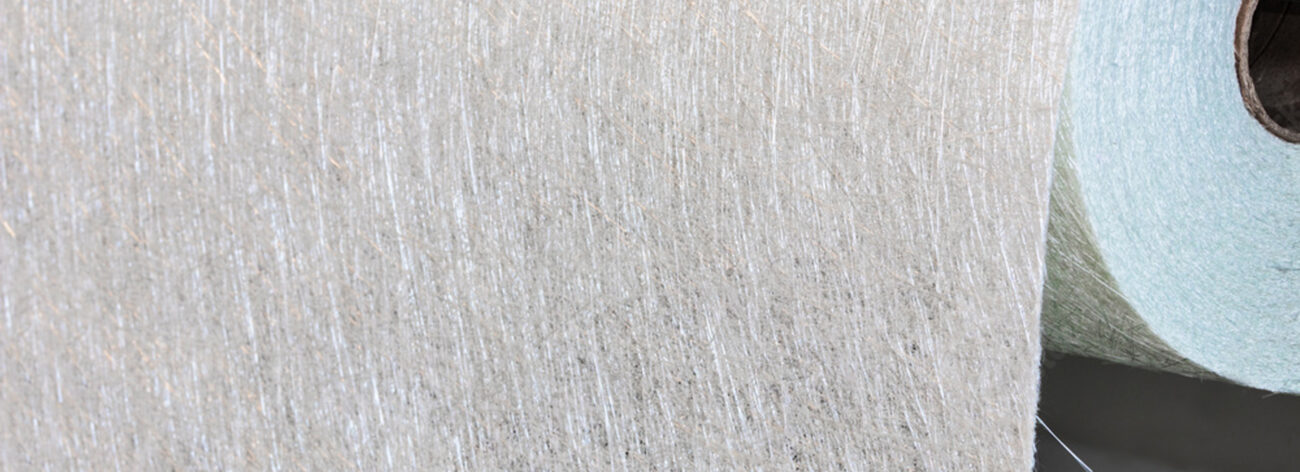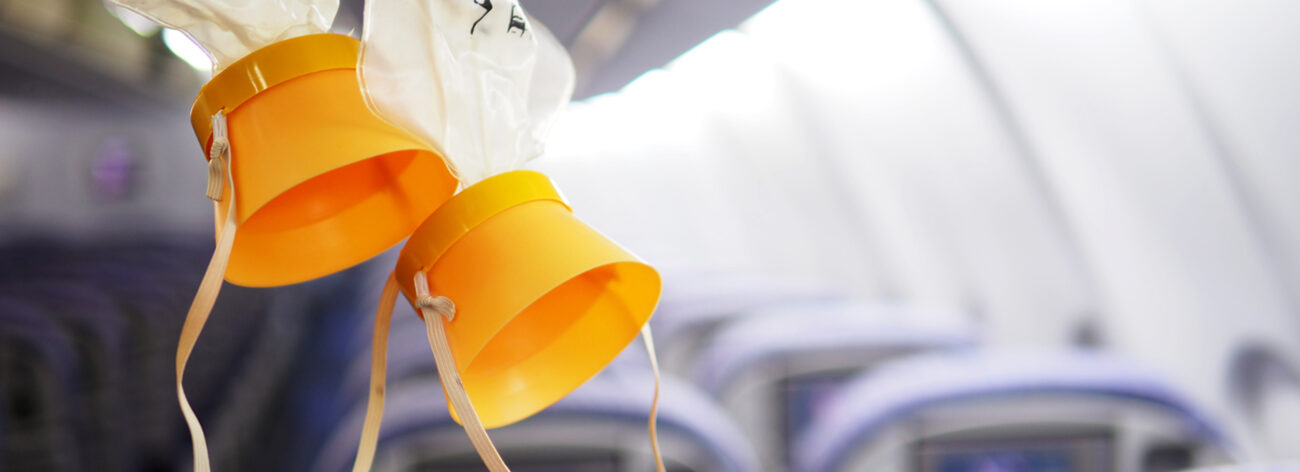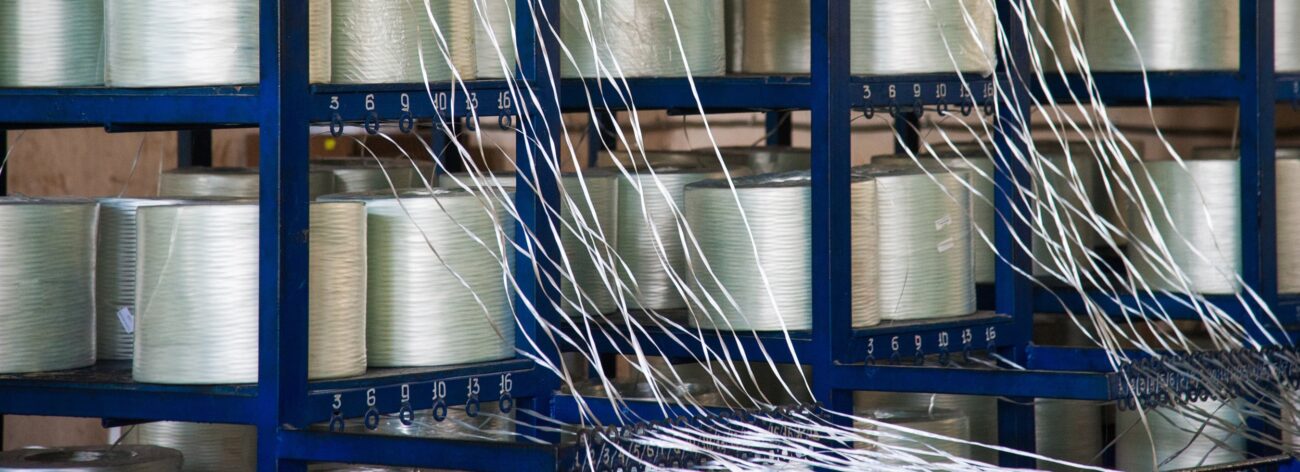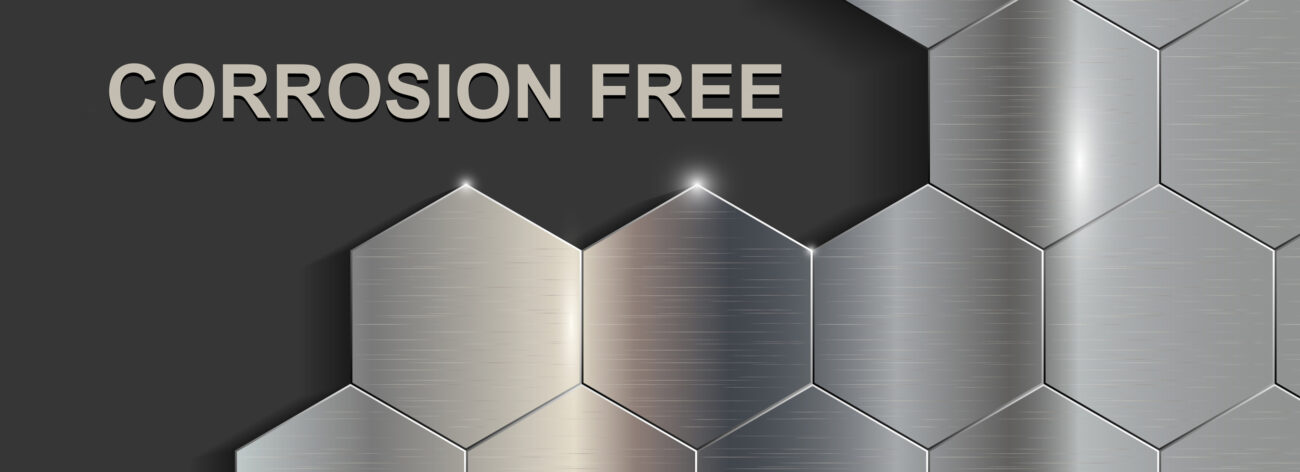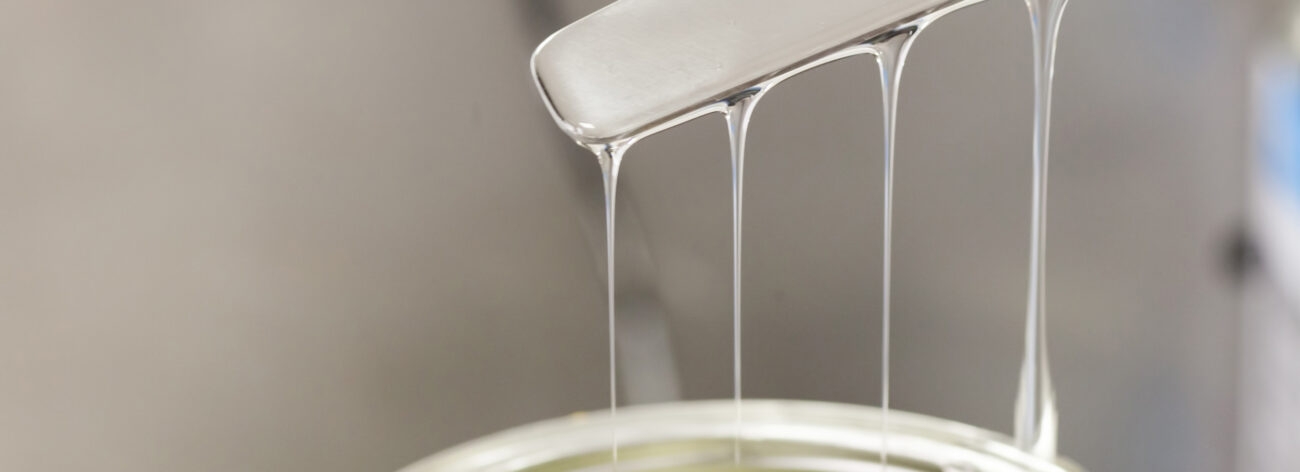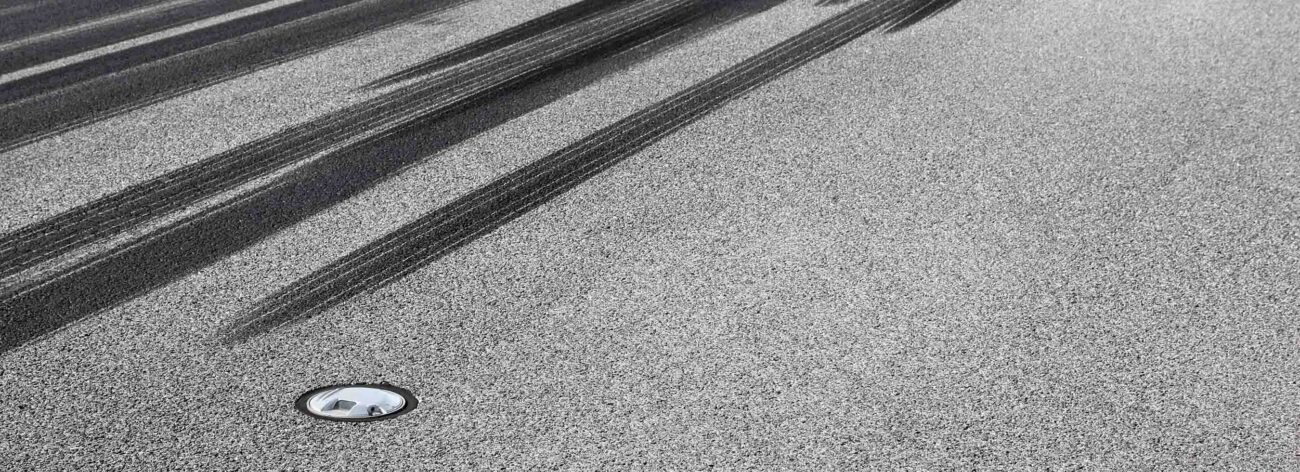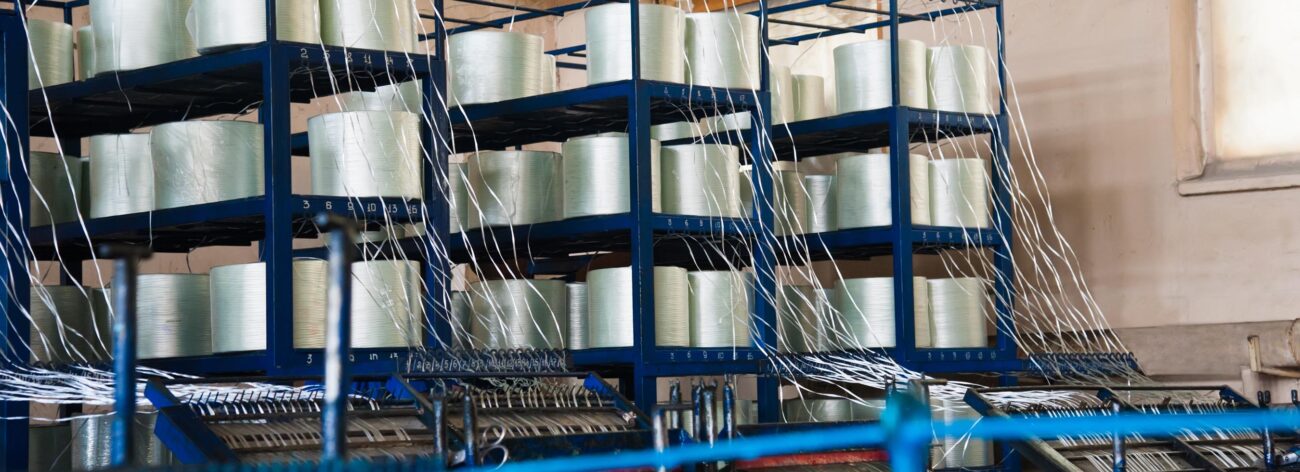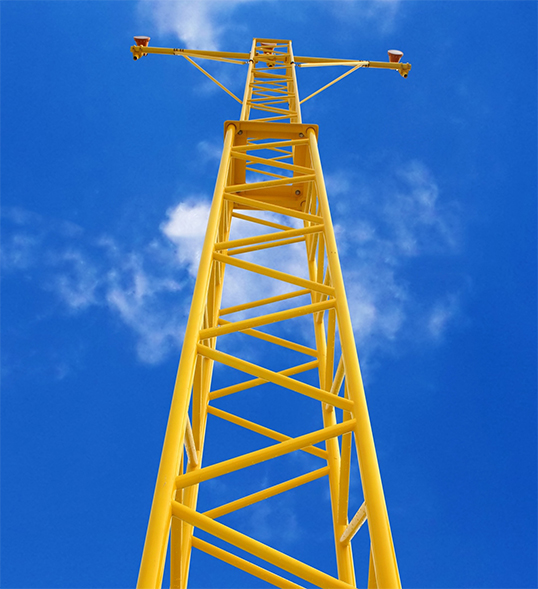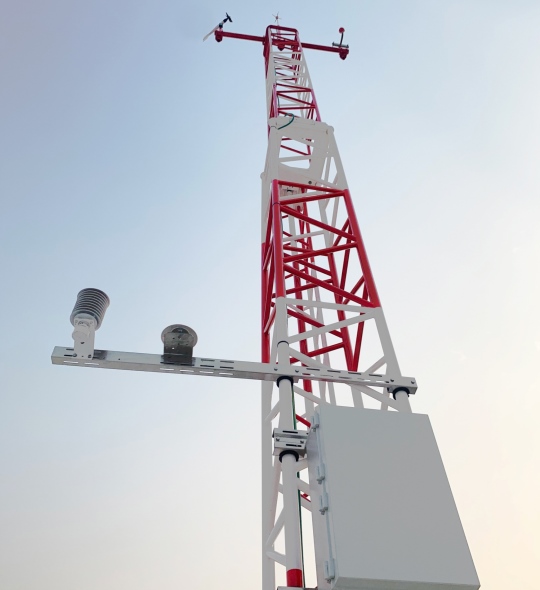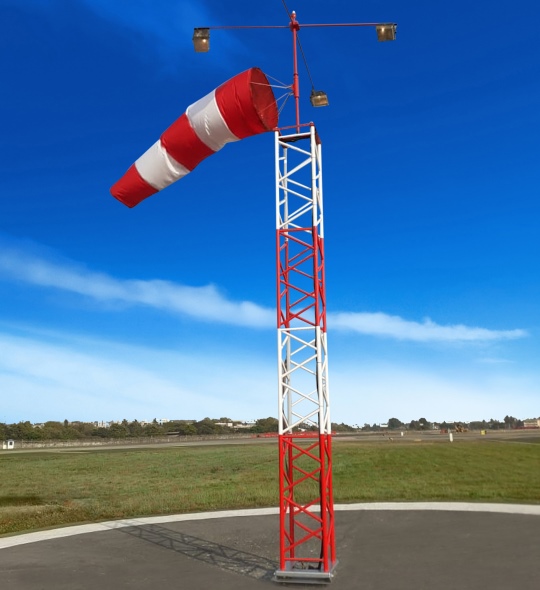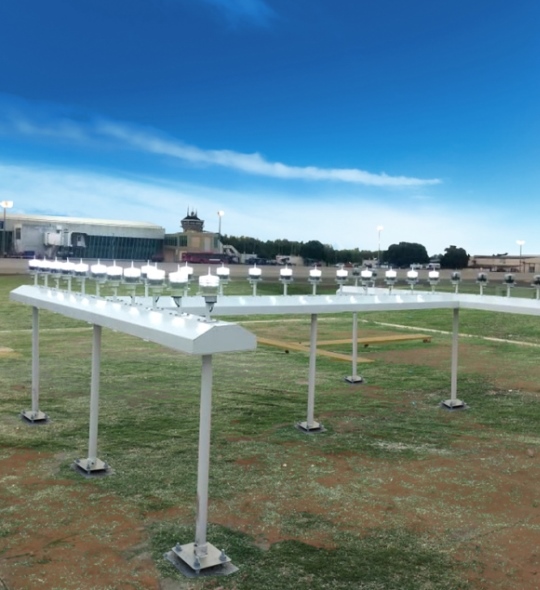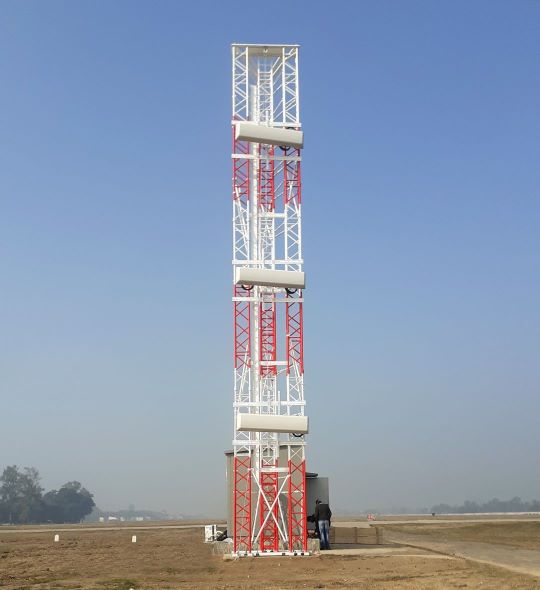02 Mar 2023
Importance of Resin for quality Pultruded products
Importance of Resin for quality Pultruded products
The popularity of pultruded products is expected to raise more due to the bunch of appealing features it carries along with exceptional durability and eco-friendly behaviour. Their attractive features are attributed mainly to the pultrusion resins used in the pultrusion manufacturing process.
Pultrusion resins are the thermoset resins involved in the process of pultrusion.
Commonly used Pultrusion Resins
Polyester Resins
Polyester represents 75% of the total resins used in pultrusion due to several reasons like polyester resins are highly customizable and thus boast versatility and therefore can be used in the manufacturing of any composite. Apart from versatility, polyester resins boast excellent corrosion resistance and are hence used in products made for highly corrosive and aggressive environments.
Vinyl Ester Resins
Vinyl ester resin was developed by the esterification of the desired epoxy resin and methacrylic acid through a series of chemical reactions. That is why vinyl ester resin offers exceptional moisture resistance and top-shelf corrosion resistance. These are the main reasons why it is commonly used in the production of coastal and marine products.
Polyurethane Resins
Famed for their exemplary versatility, polyurethane polymers have a wide range of applications due to their excellent durability and load-bearing properties. They are used in outlining and impregnating resins of those products that demand an all-round and tough surface veiling.
Phenolic Resins
Being phenol-based means, they boast low-smoke emission and great fire-resistance properties and hence are utilized as adhesives or matrix binders for FRP products. Apart from this, phenolic resins also have thermal insulation, corrosion resistance, and outstanding sound damping properties.
Epoxy Resins
Epoxy resins are popular due to their low shrinkage rate which means that it’s possible to control the cure rate of an epoxy resin using hardeners and/or catalysts. This feature of having excellent thermochemical integrity makes them ideal in bonding and reinforcing FRP components. Epoxy resins possess exceptional electrical properties along with high performance in high temperatures with excellent corrosion resistance but the disadvantage is that they have high viscosity.
Usage of Pultrusion Resins in manufacturing
Pultrusion resins help in transferring stress between the fibers that is why they are used for coating and clasping fibers to keep fibers damage-free and corrosion-free in respect to the external environment.
In other words, resins offer structural as well as thermal stability to the resulting composite in pultrusion. Different resins are employed to meet different specifications.
How Pultrusion Resins are used?
Since pultrusion resins are at the core of the complete process thus they are used for coating FRP and other composite materials. Usually, fibers are pulled through a high-performance pultrusion resin bath during pultrusion in a controlled process often called a wet-out procedure.
The process is monitored to ensure total-wetting and any excess resin is removed afterward to expel any trapped air through a heated die to cure the combination of catalysts, resins, and any other fillers.
Once the composite is fully-cured, it can be cut into the desired length; size, and shape.
Final Wordings
As a Frangible composite structures manufacturing company, SGS Frangible supports its vision with only quality and value that’s why we use only high-quality pultrusion resins for top-shelf quality in our wide range of frangible products.


